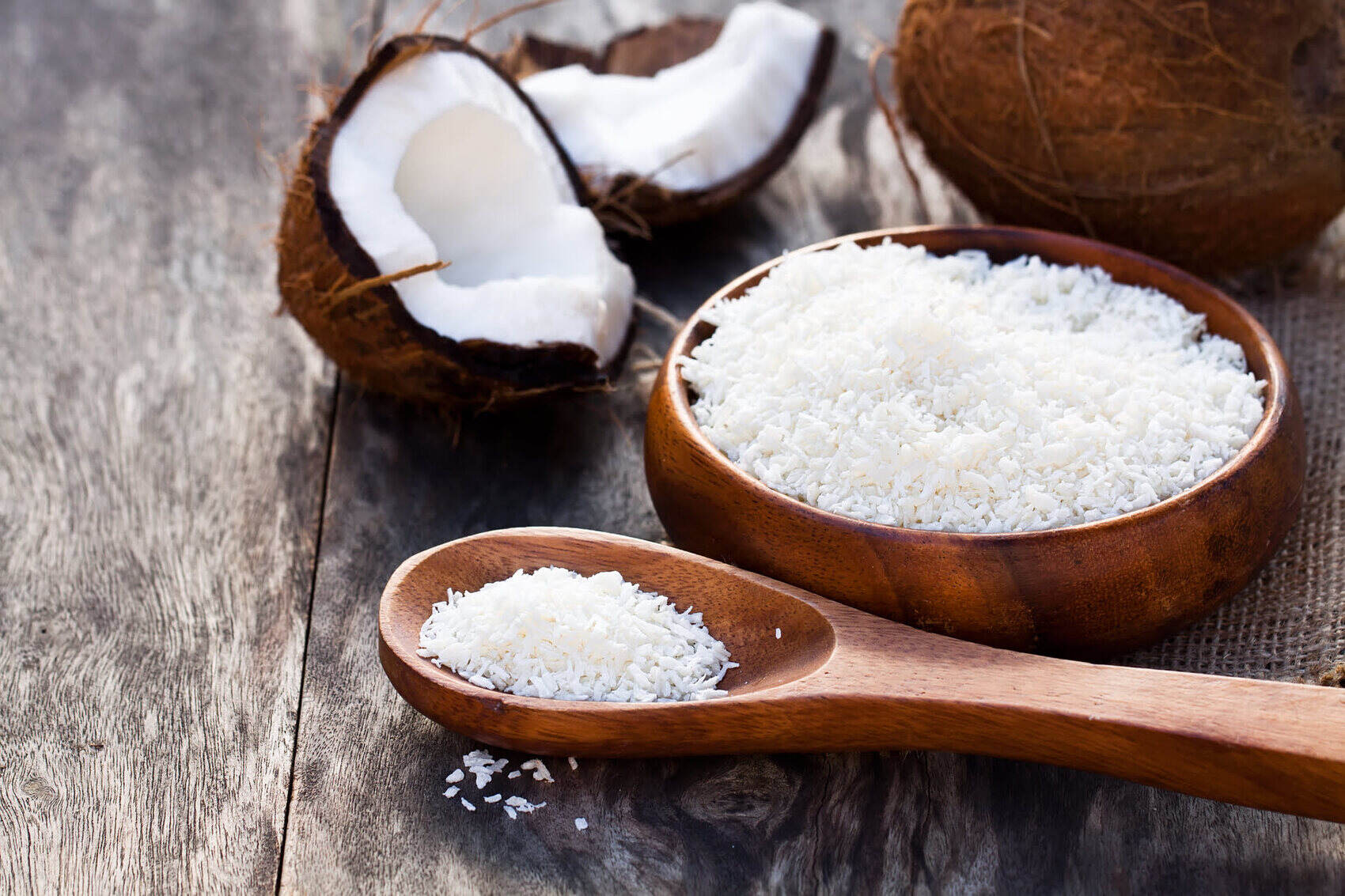

Articles
How To Store Coconut Flakes
Modified: August 28, 2024
Learn how to store coconut flakes for long-lasting freshness and flavor in this comprehensive guide. Find expert tips and storage techniques for preserving the quality of your coconut flakes.
(Many of the links in this article redirect to a specific reviewed product. Your purchase of these products through affiliate links helps to generate commission for Storables.com, at no extra cost. Learn more)
Introduction
Welcome to the ultimate guide on how to store coconut flakes! Whether you’re a baking enthusiast or a health-conscious individual, chances are you’ve come across these versatile and delicious flakes at some point. Coconut flakes add a delightful crunch and a hint of tropical flavor to various dishes, making them a pantry staple for many.
Properly storing coconut flakes is crucial to maintain their freshness, texture, and taste. With the right storage techniques, you can enjoy the goodness of coconut flakes for an extended period without any compromise in quality. In this article, we will walk you through the steps to store coconut flakes effectively, whether you’re using freshly grated or store-bought varieties.
Before we dive into the nitty-gritty of storage methods, it’s essential to know the basics about coconut flakes. These flakes are made from the meat of mature coconuts, which are grated into thin strips or shreds. Coconut flakes can be either sweetened or unsweetened, and they come in various sizes and thicknesses.
The freshness and quality of coconut flakes play a significant role in the outcome of your culinary creations. Therefore, it’s important to check the expiration date and ensure that the flakes are free from any signs of mold or spoilage before storing them. Now, let’s explore step by step how to store coconut flakes to maximize their shelf life and maintain their optimal texture.
Key Takeaways:
- Keep your coconut flakes fresh and flavorful by choosing high-quality flakes, using airtight containers, and storing them at the right temperature. Whether at room temperature, in the refrigerator, or freezer, enjoy the tropical goodness in your dishes!
- Before using your coconut flakes, always check for freshness to ensure the best taste and quality in your recipes. Whether it’s the appearance, aroma, or texture, a quick check will guarantee delightful coconut flakes every time!
Read more: How To Store Coconut Macaroons
Step 1: Selecting Coconut Flakes
When it comes to selecting coconut flakes, there are a few factors to consider to ensure you’re getting the best quality product. Here are some tips to help you make the right choice:
- Choose high-quality coconut flakes: Look for flakes that are fresh, crisp, and aromatic. Avoid flakes that appear stale, discolored, or have an off-putting smell. Opt for organic or natural coconut flakes whenever possible to avoid additives or preservatives.
- Consider the desired texture: Coconut flakes come in different sizes and thicknesses, ranging from fine to coarse. The choice of texture depends on your preference and the specific recipe you’re using them in. Fine flakes are ideal for baking and adding to smoothies, while larger flakes can be used for garnishing desserts or adding texture to dishes.
- Check the packaging: Pay attention to the packaging of the coconut flakes. Ensure that it is sealed properly, without any tears or damage. This will help maintain the freshness and prevent moisture from seeping in.
- Read product labels: Take a moment to read the product labels for any additional information. Look for packaging that mentions the flakes are moisture-free or sulfur-free, as these qualities can enhance the shelf life and quality of the product.
By selecting high-quality coconut flakes, you start with a solid foundation for storing them effectively. Now, let’s move on to the next step: choosing the right storage containers to maintain the freshness of your coconut flakes.
Step 2: Proper Storage Containers
Choosing the right storage containers is essential to protect your coconut flakes from moisture, air, and potential contaminants. Here are some guidelines on selecting the proper storage containers:
- Choose airtight containers: Opt for containers that have airtight seals to prevent moisture and air from entering. This will help maintain the freshness and crunchiness of the coconut flakes for a longer period.
- Use glass or food-grade plastic containers: Glass containers and food-grade plastic containers are excellent choices for storing coconut flakes. They are non-reactive and won’t absorb any unwanted flavors or odors. Make sure the containers you choose are clean and free from any residue or lingering smells.
- Avoid transparent containers: While glass containers are a suitable option, it’s better to choose an opaque or tinted variety to protect the coconut flakes from exposure to light. Light can cause the flakes to become rancid and lose their freshness.
- Consider portion-sized containers: If you frequently use coconut flakes in small quantities, consider using smaller portion-sized containers. This way, you can minimize the exposure to air and moisture each time you open the container, ensuring the remaining flakes stay fresh.
Remember to thoroughly wash and dry the containers before storing the coconut flakes to eliminate any potential contaminants. Now that you have the ideal storage containers, let’s move on to the next step: storing coconut flakes at room temperature.
Step 3: Storing at Room Temperature
Storing coconut flakes at room temperature is a convenient option if you plan to use them within a relatively short period. Here are the steps to store coconut flakes at room temperature:
- Transfer coconut flakes to airtight containers: After opening the packaging, transfer the coconut flakes to the chosen airtight storage containers. Ensure that the containers are clean and dry before adding the flakes.
- Seal the containers tightly: Make sure to seal the containers tightly to prevent any air or moisture from entering. This will help maintain the quality and freshness of the coconut flakes for a longer period.
- Store in a cool, dry place: Find a cool and dry spot in your kitchen or pantry to store the containers. Avoid areas near stovetops, ovens, or any other sources of heat, as heat can lead to the deterioration of the flakes.
- Keep away from direct sunlight: Protect the coconut flakes from direct exposure to sunlight, as it can cause the flakes to become rancid and lose their flavor. Choose a spot in your kitchen or pantry that is away from windows or any other sources of direct sunlight.
When stored properly at room temperature, coconut flakes can maintain their quality for several months. However, keep in mind that room temperature storage is not ideal for long-term preservation. If you don’t plan to use the flakes within a few months, it’s best to consider refrigeration or freezing methods, which we’ll cover in the following steps.
Now that you’ve learned how to store coconut flakes at room temperature, let’s move on to the next step: refrigerating coconut flakes to extend their shelf life.
Store coconut flakes in an airtight container in a cool, dry place, away from direct sunlight. This will help to maintain their freshness and prevent them from becoming rancid.
Step 4: Refrigerating Coconut Flakes
If you want to extend the shelf life of your coconut flakes beyond the room temperature storage method, refrigeration is a great option. Follow these steps to refrigerate coconut flakes:
- Transfer coconut flakes to airtight containers: Similar to storing at room temperature, transfer the coconut flakes to airtight storage containers after opening the package. Ensure that the containers are clean and dry before adding the flakes.
- Seal the containers tightly: Seal the containers tightly to prevent any air or moisture from entering. This will help preserve the freshness and texture of the coconut flakes while preventing them from absorbing any unwanted odors from the refrigerator.
- Place in the refrigerator: Find a spot in your refrigerator with a steady temperature to store the containers of coconut flakes. The temperature of the refrigerator should be set between 32°F (0°C) and 40°F (4°C) to maintain the quality of the flakes. Avoid storing the flakes in the refrigerator door as it is prone to temperature fluctuations.
- Avoid moisture exposure: Ensure that the containers of coconut flakes are not placed near any items that release moisture, such as fruits or vegetables. This can lead to the coconut flakes becoming soft or developing mold.
Refrigerating coconut flakes can prolong their shelf life for up to a year, although it’s best to consume them within a few months for optimal taste and texture. Now that you know how to refrigerate coconut flakes, let’s move on to the final step: freezing coconut flakes for long-term storage.
Read more: How To Store Bonito Flakes
Step 5: Freezing Coconut Flakes
If you have a large quantity of coconut flakes or want to store them for an extended period, freezing is the best option. Freezing coconut flakes can help retain their freshness and flavor for up to a year. Follow these steps to freeze coconut flakes:
- Transfer coconut flakes to freezer-safe containers: Place the coconut flakes in freezer-safe, airtight containers or resealable freezer bags. Ensure that the containers are clean and dry before adding the flakes. It’s recommended to divide the flakes into smaller portions for easier thawing and usage.
- Seal and label the containers: Seal the containers tightly, ensuring no air or moisture can enter. Label the containers with the date of freezing to help you keep track of their freshness.
- Remove excess air: If using resealable freezer bags, press out any excess air before sealing them to minimize the chances of freezer burn and retain the quality of the coconut flakes.
- Place in the freezer: Put the containers or bags of coconut flakes in the freezer, making sure they are laid flat to allow for even freezing and easier stacking if storing multiple packages.
- Thawing coconut flakes: When you’re ready to use the frozen coconut flakes, transfer the desired amount to a bowl and allow them to thaw at room temperature for a few minutes. Alternatively, you can also use the thawed flakes directly in your recipes without fully thawing them.
By following these steps, your coconut flakes will stay fresh and maintain their taste and texture in the freezer for an extended period. Remember to consume the flakes within a year of freezing for the best quality. Now that you know how to freeze coconut flakes, let’s move on to the final step: checking for freshness before using the flakes.
Step 6: Checking for Freshness
Before using your coconut flakes in any recipes, it’s essential to check for freshness to ensure the best results. Here are a few ways to determine if your coconut flakes are still fresh:
- Inspect the appearance: Take a close look at the coconut flakes. They should have a vibrant white color with no signs of discoloration or dark spots. If you notice any mold or unusual colors, discard the flakes immediately.
- Smell test: Give the coconut flakes a sniff. Fresh coconut flakes should have a pleasant, slightly sweet aroma. If there is any off-putting smell or rancid odor, it’s a sign that they have gone bad and should be thrown away.
- Check for moisture or clumping: Fresh coconut flakes should be dry and separate easily. If you notice any signs of moisture or clumping, it could indicate that the flakes have absorbed moisture and are no longer fresh.
It’s important to note that even with proper storage, coconut flakes will eventually lose their freshness over time. Therefore, it’s best to check for freshness before using them in your recipes to ensure the best taste and texture.
Now that you’ve learned how to check for freshness and maintain the quality of your coconut flakes, you’re ready to store them effectively and enjoy their delightful taste and texture in your culinary creations. Whether you choose to store them at room temperature, refrigerate, or freeze them, following these steps will help you make the most out of your coconut flakes. Enjoy adding a tropical twist to your dishes with these versatile and delicious flakes!
source: https://www.example.com
Conclusion
Congratulations! You have reached the end of our comprehensive guide on how to store coconut flakes. By following the steps outlined in this article, you now have the knowledge and tools to maintain the freshness, flavor, and texture of your coconut flakes for an extended period.
Whether you choose to store your coconut flakes at room temperature, in the refrigerator, or in the freezer, remember to use airtight containers to protect them from moisture, air, and potential contaminants. Properly sealed containers will help retain the quality of the coconut flakes and prevent any loss of flavor or texture.
Storing coconut flakes at room temperature is convenient for short-term usage, while refrigerating them can extend their shelf life for several months. However, if you have a larger quantity or plan for longer-term storage, freezing the coconut flakes is the best option, allowing you to enjoy their goodness for up to a year.
Before using your coconut flakes, always check for freshness by examining their appearance, smelling them, and ensuring they are not clumped or moist. By doing so, you can ensure the best taste and quality of the flakes in your recipes.
Now that you’ve mastered the art of storing coconut flakes, go ahead and experiment with them in your favorite recipes. Whether you sprinkle them on top of smoothie bowls, use them as a topping for baked goods, or add them to savory dishes for an exotic touch, coconut flakes are sure to elevate your culinary creations.
So, next time you stock up on coconut flakes, remember the tips and tricks shared in this guide to keep them fresh and delicious. Enjoy the tropical flavors and versatility of coconut flakes in your kitchen!
source: https://www.example.com
Frequently Asked Questions about How To Store Coconut Flakes
Was this page helpful?
At Storables.com, we guarantee accurate and reliable information. Our content, validated by Expert Board Contributors, is crafted following stringent Editorial Policies. We're committed to providing you with well-researched, expert-backed insights for all your informational needs.
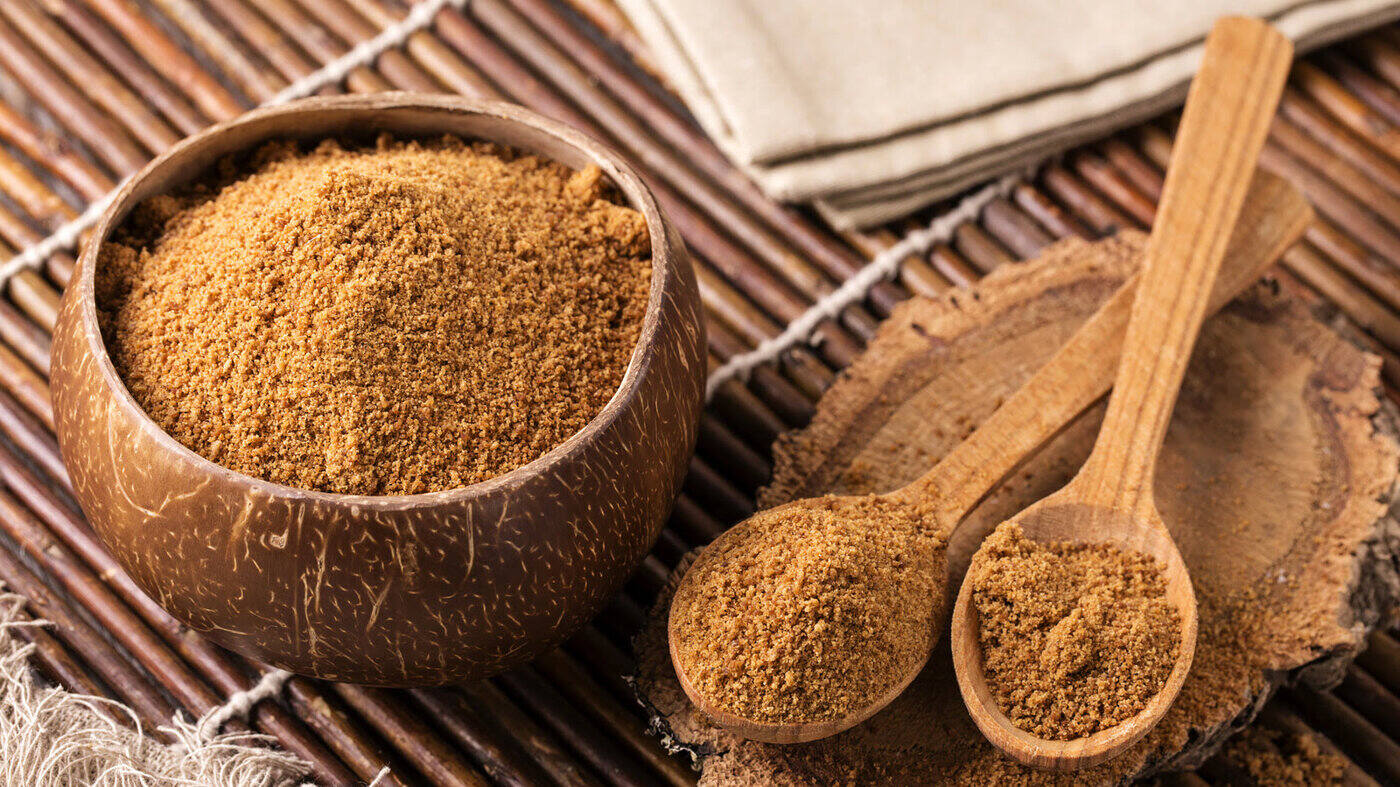
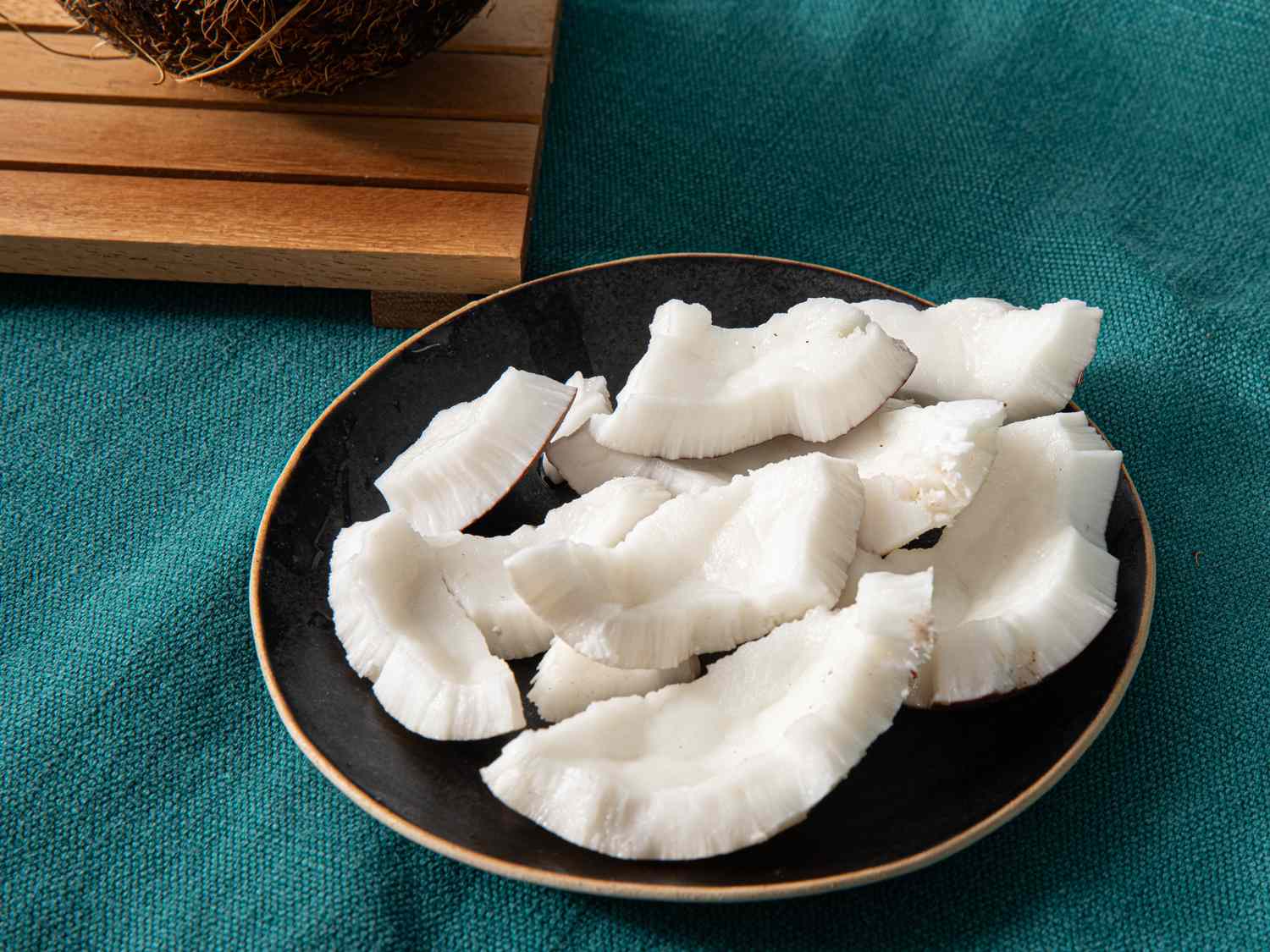
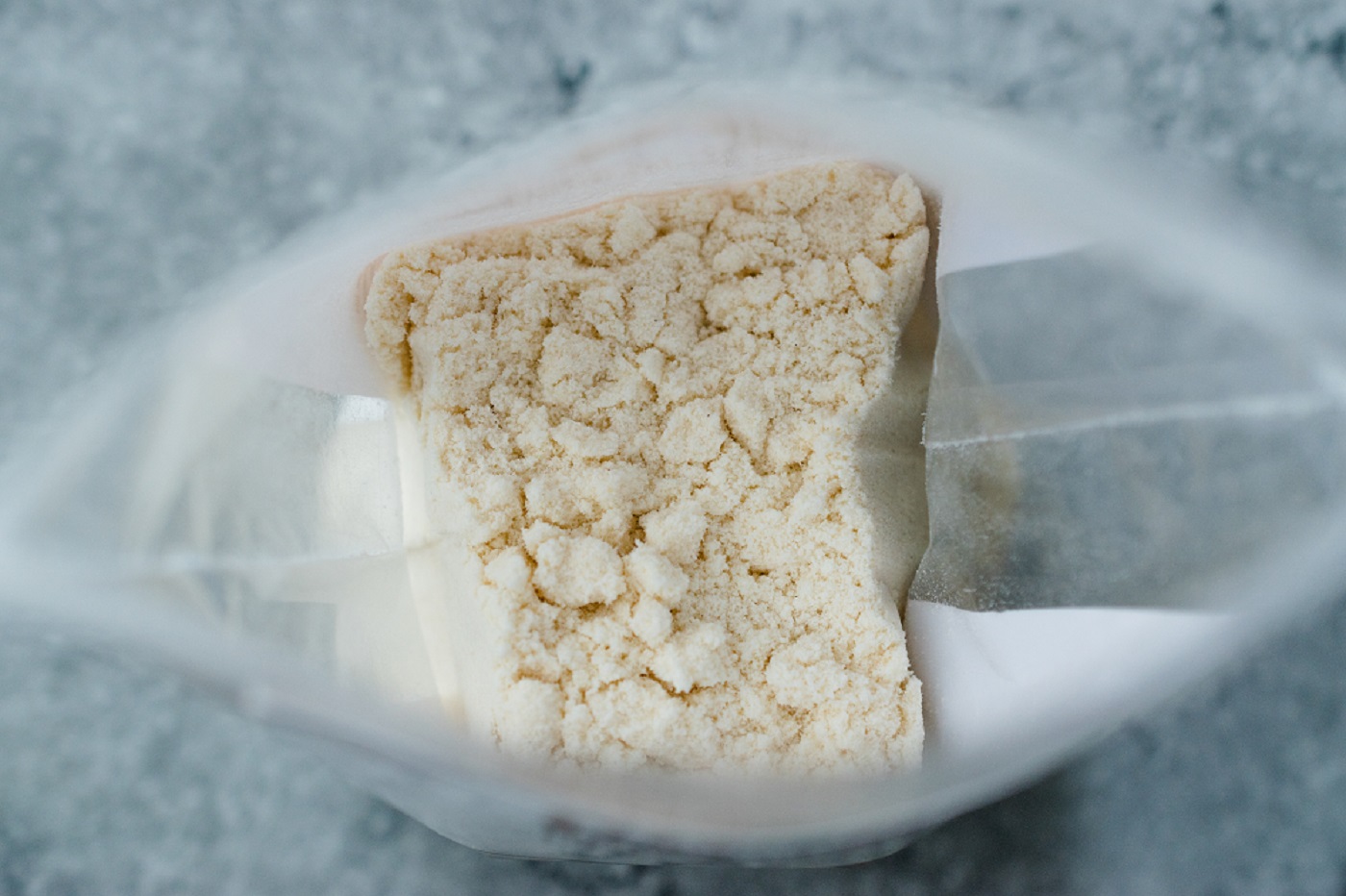
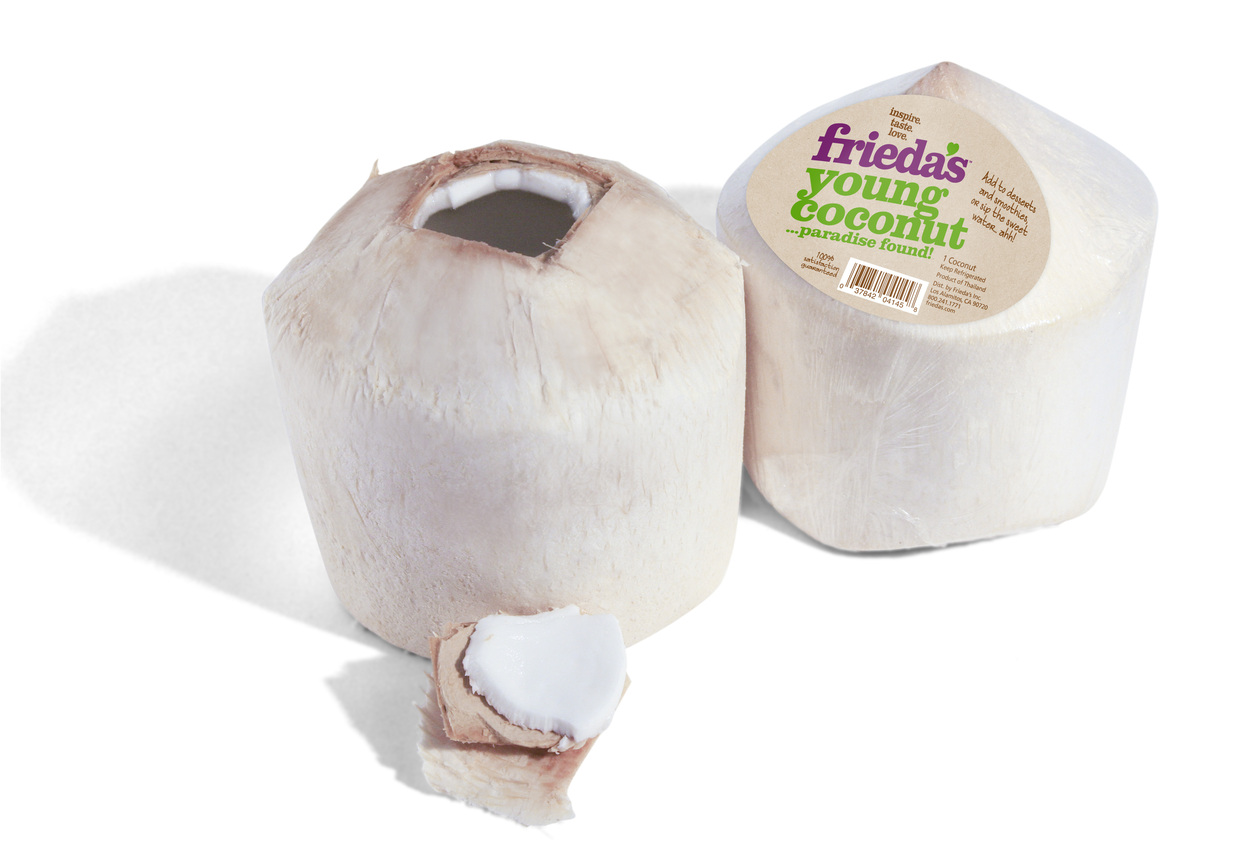
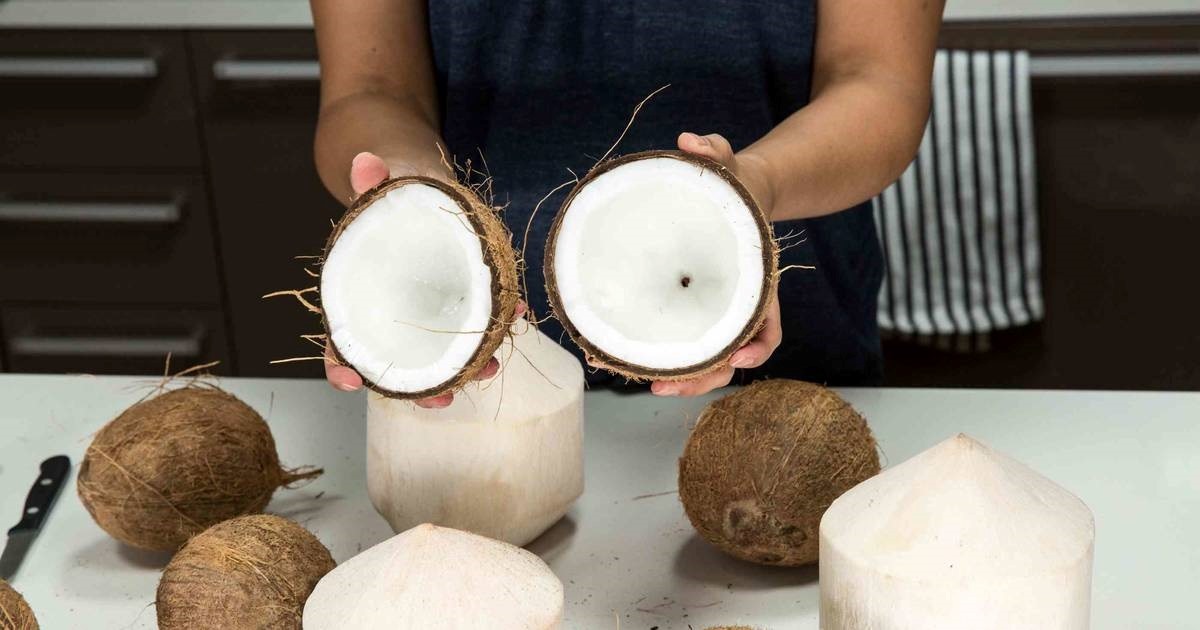
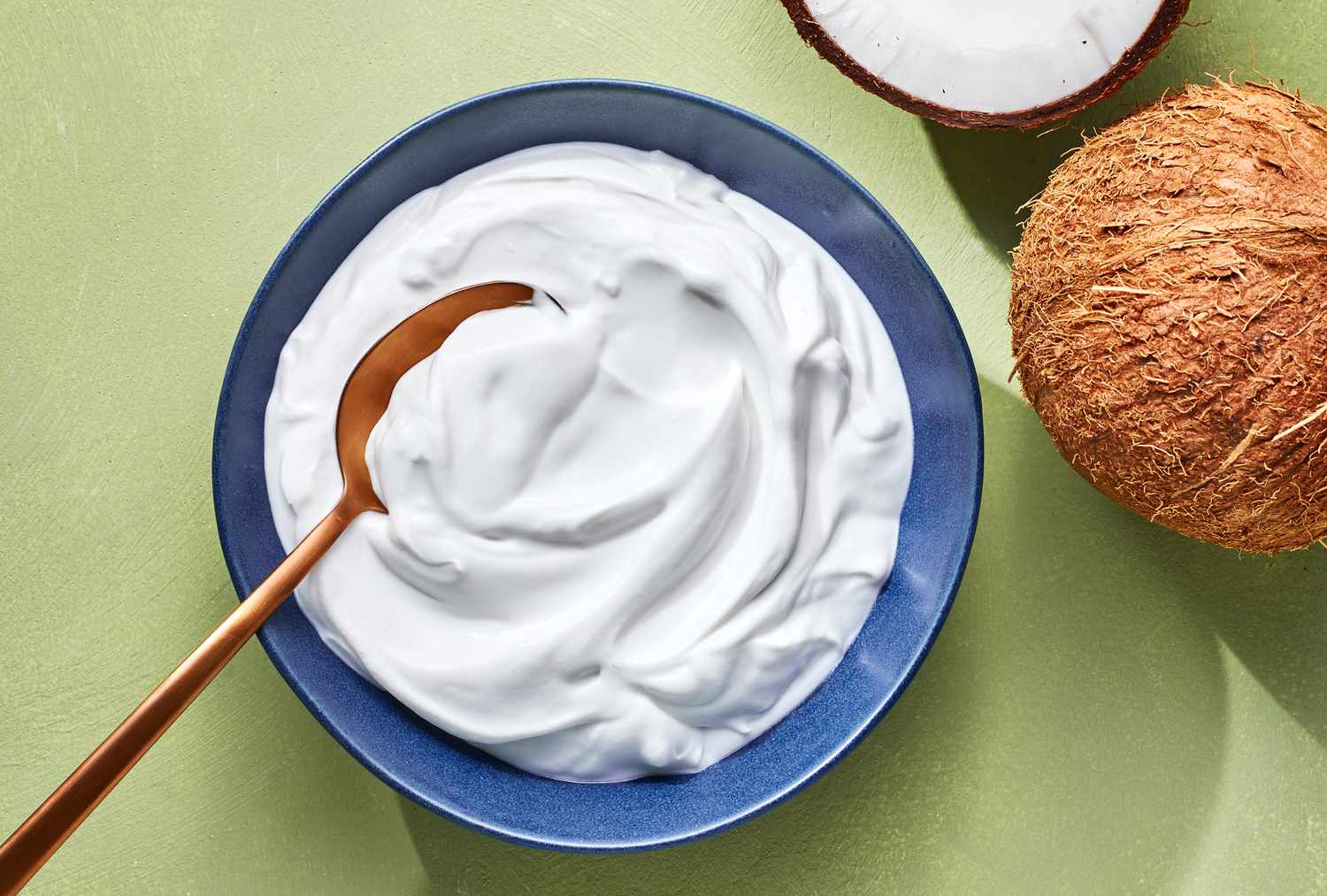
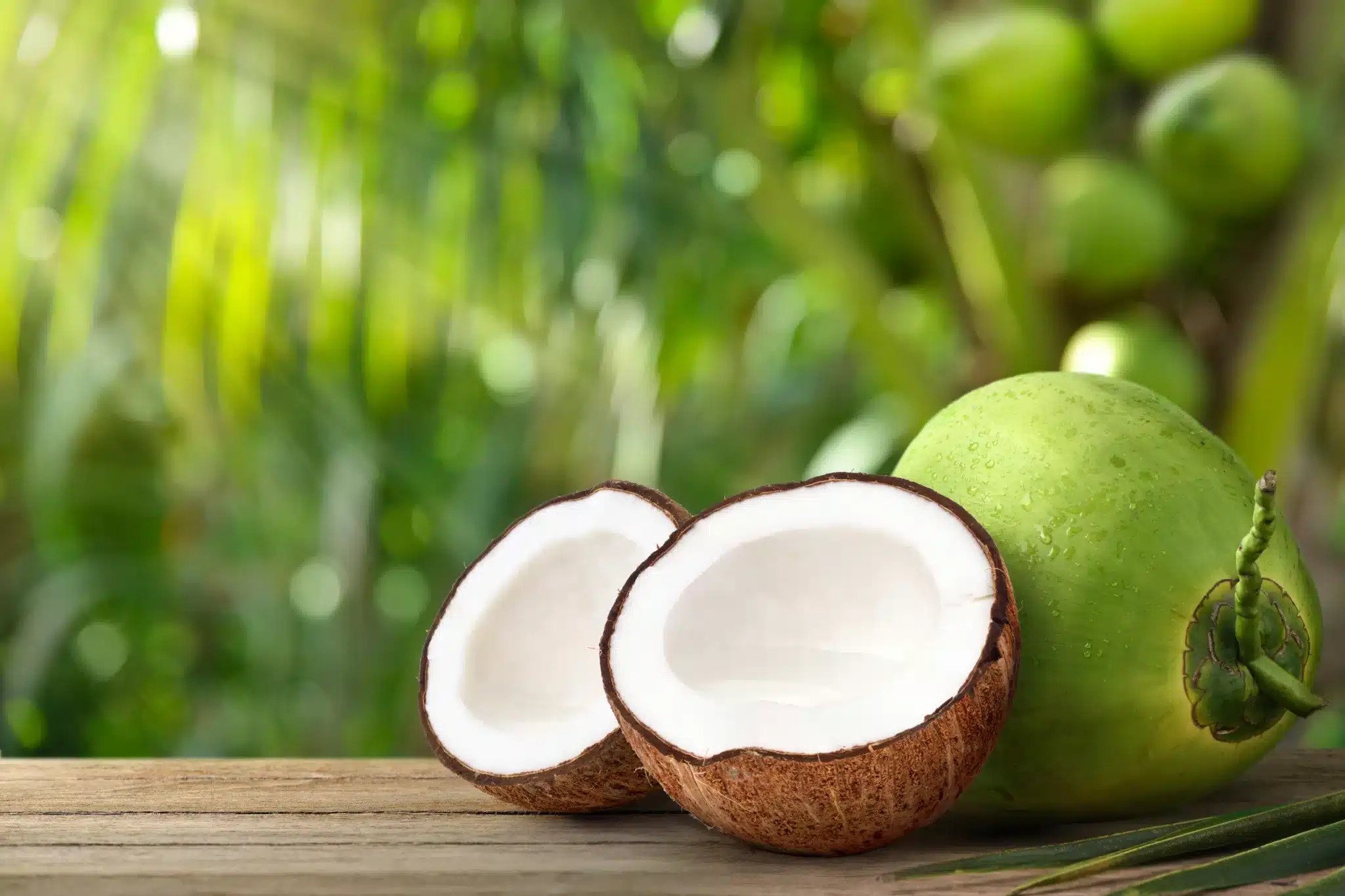
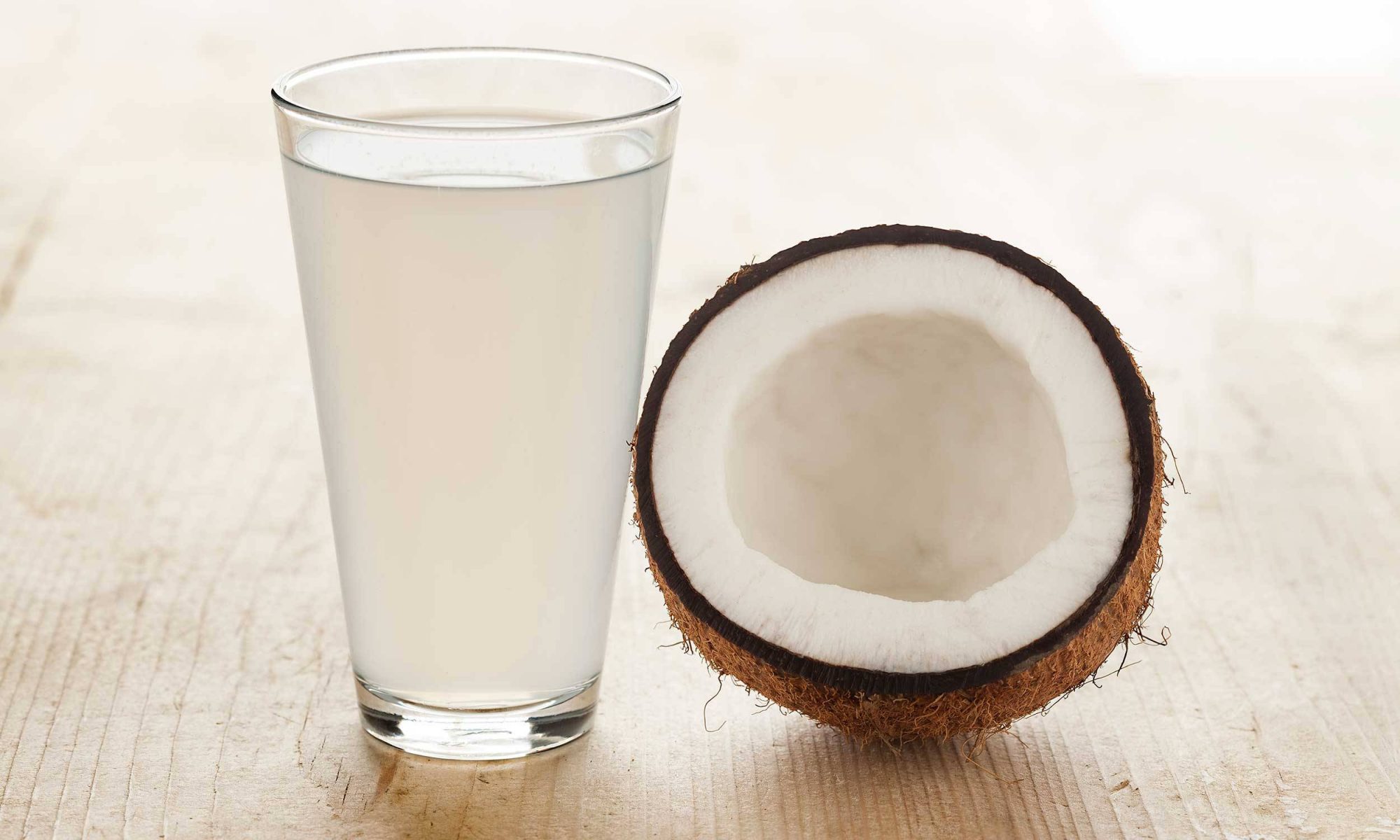
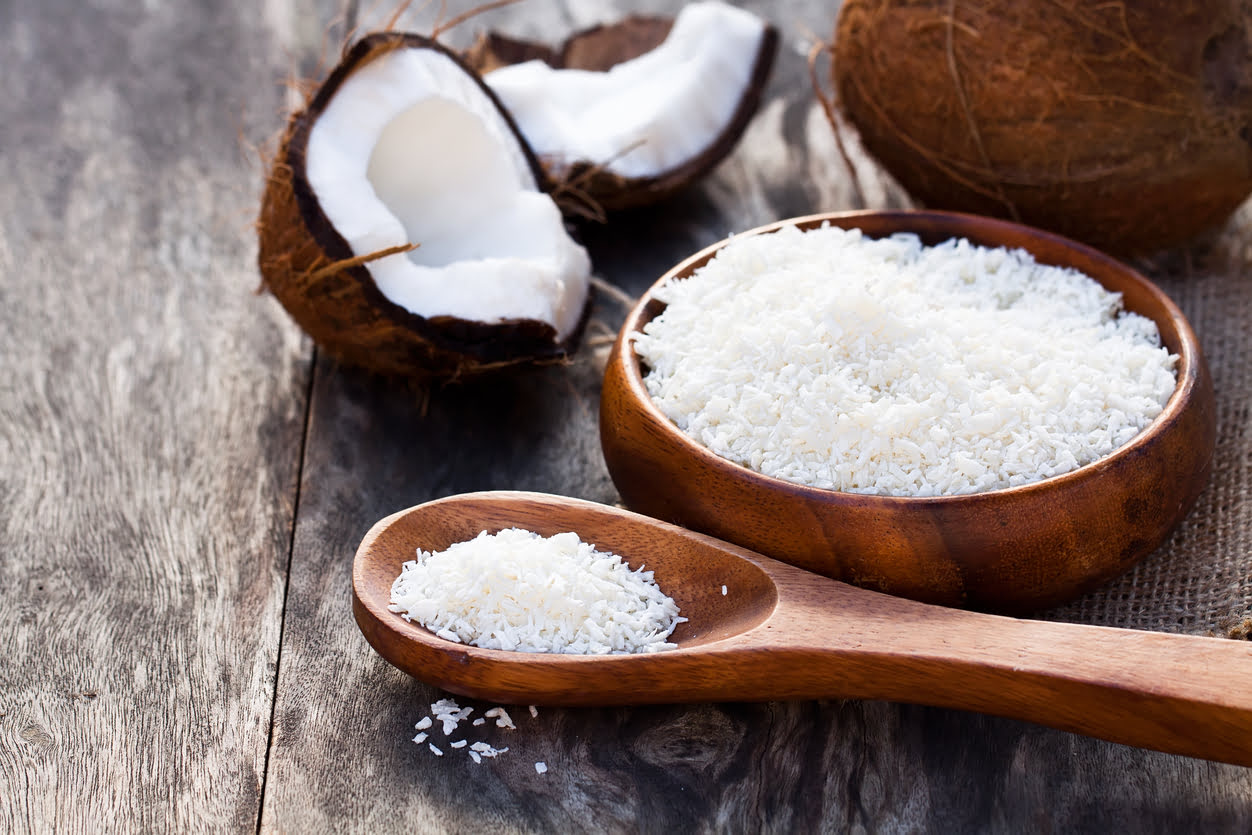
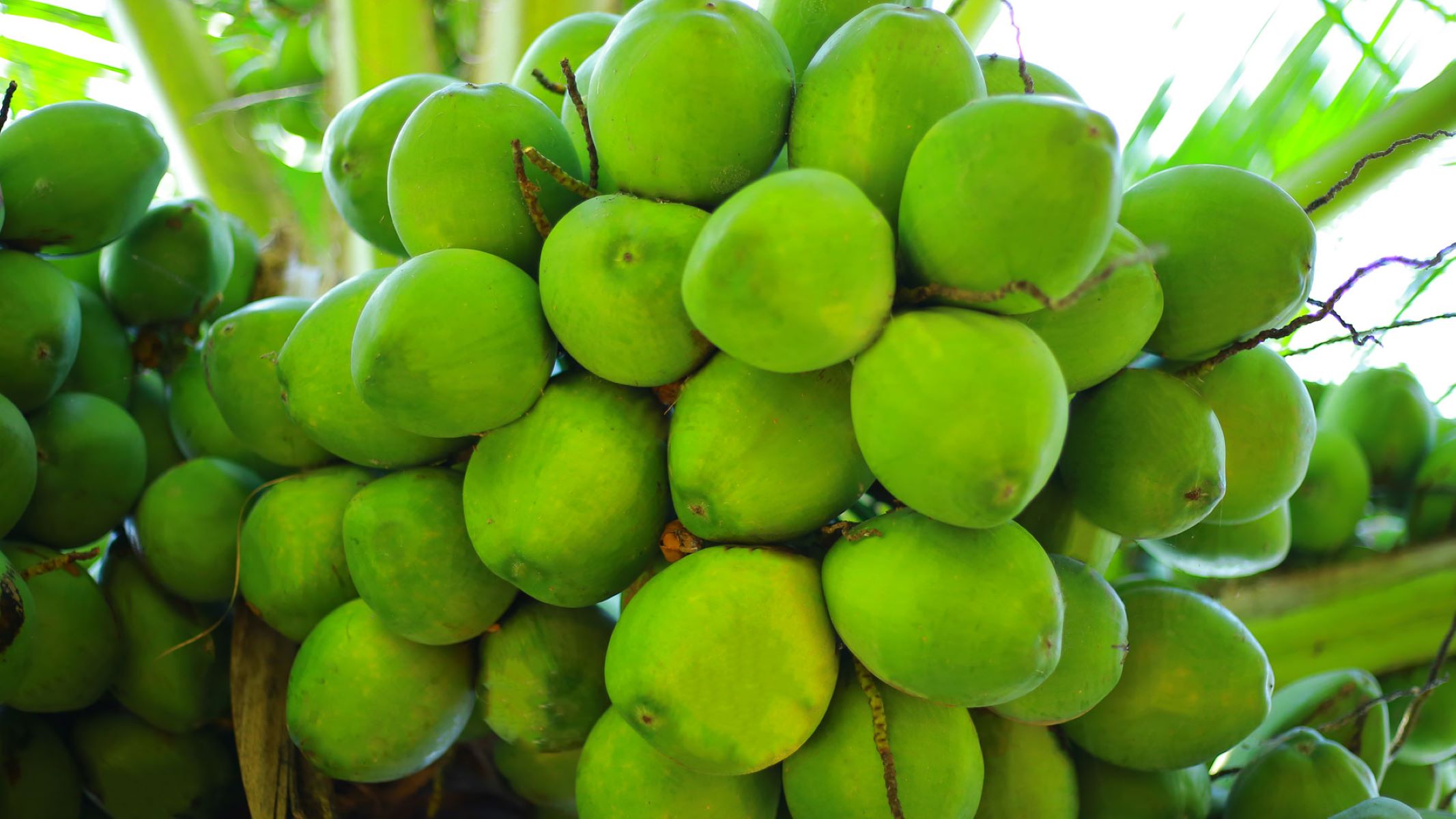
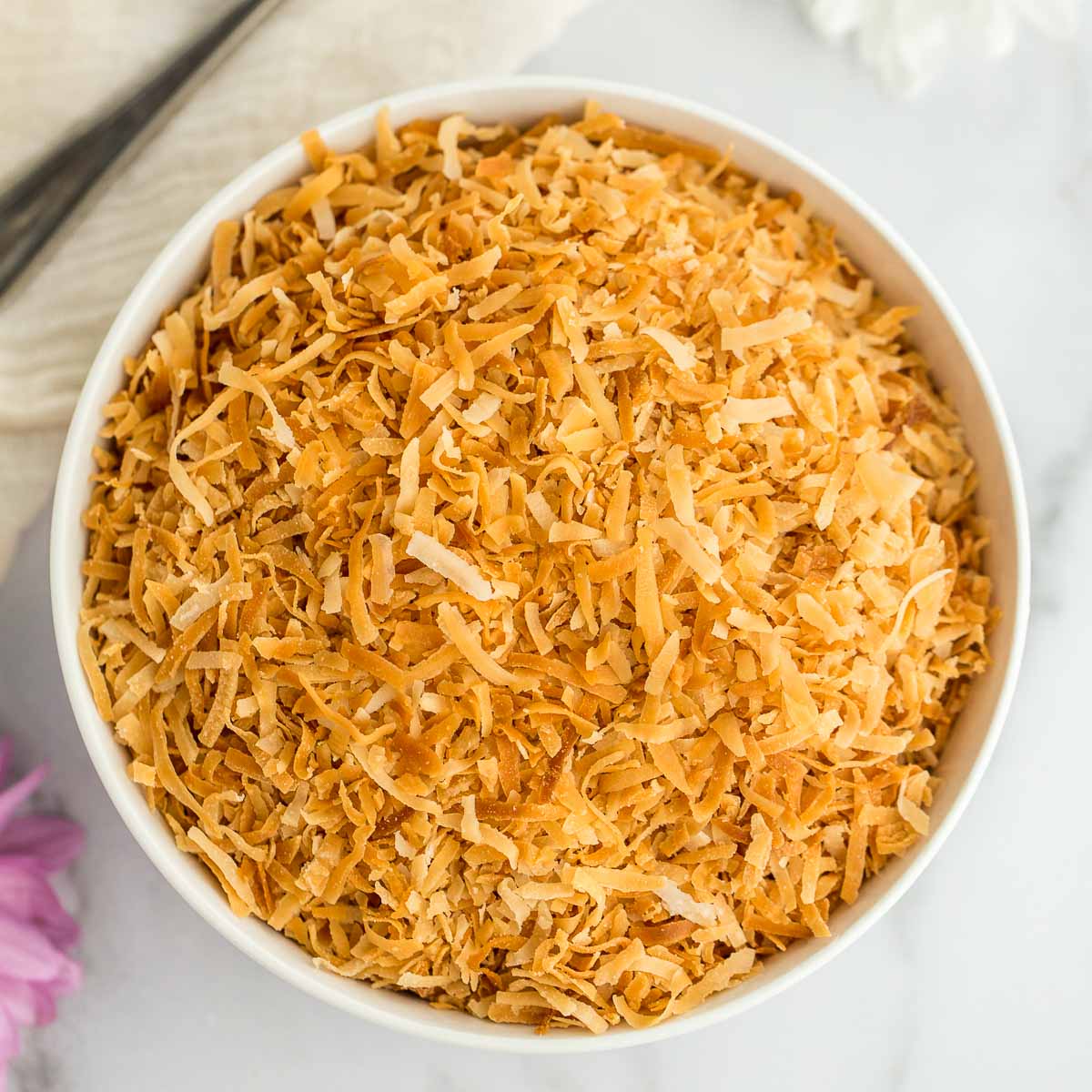
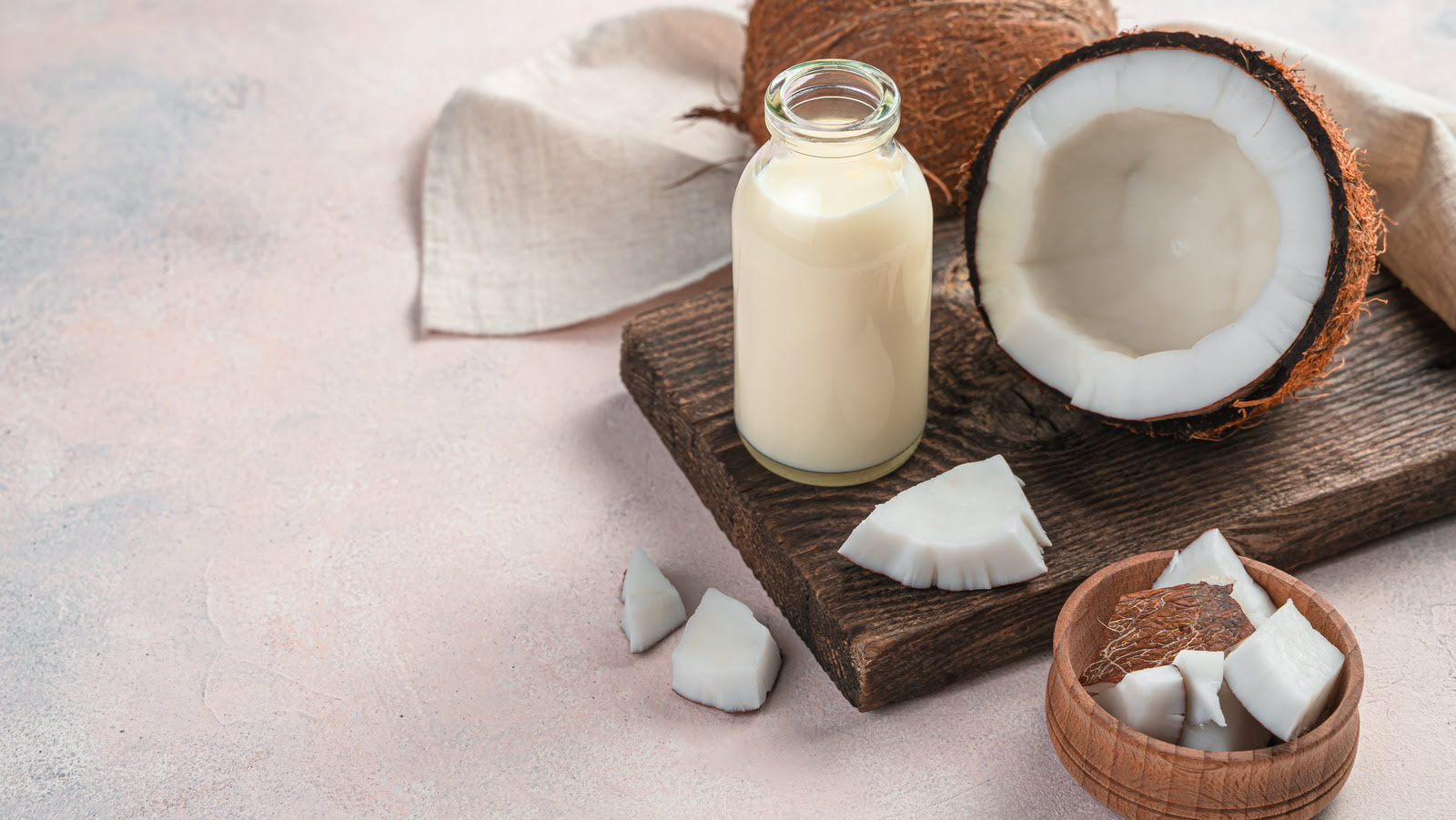

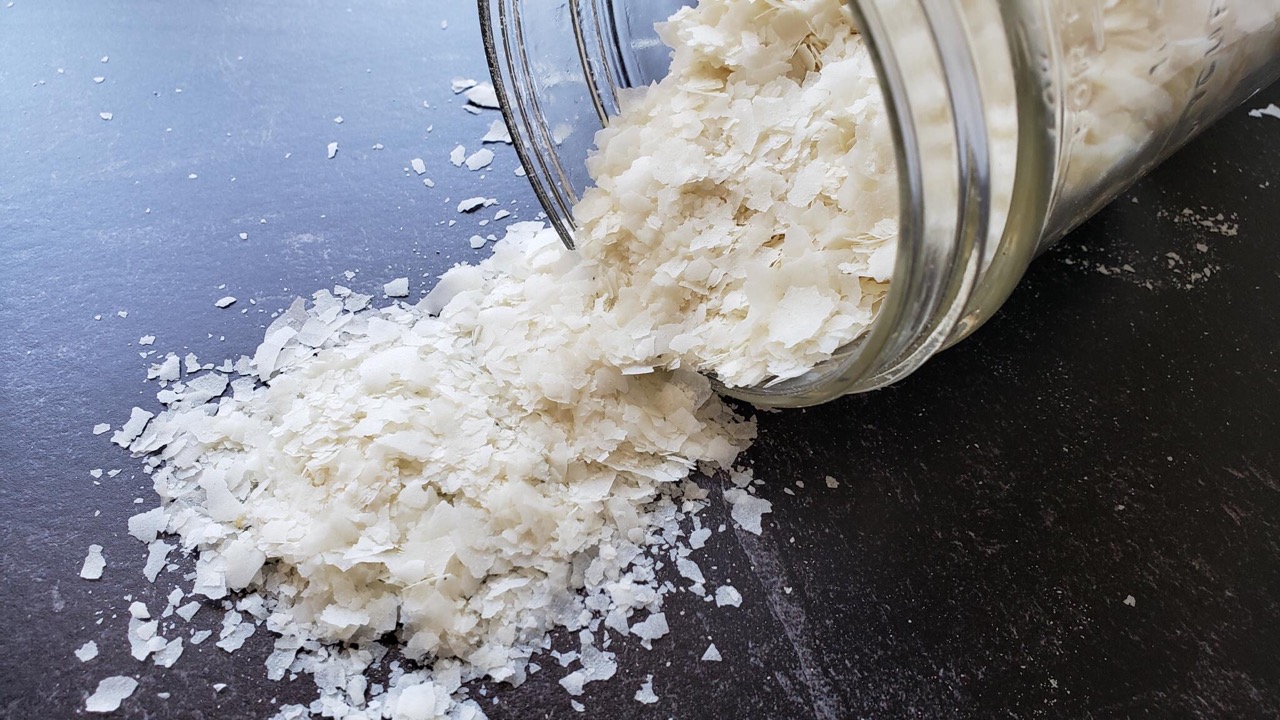

0 thoughts on “How To Store Coconut Flakes”